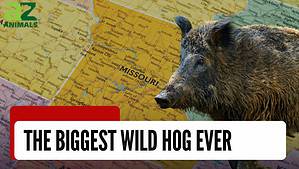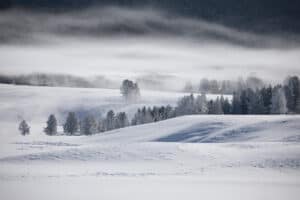You may not be able to name much more than cheddar, mozzarella, and parmesan, but did you realize that there are around 2,000 types of cheeses in the world? Within the many types of cheeses, 23 unique types start with D. Here, we’re going to cover the many delicious varieties and cheese types that come from many parts of the world!
Dahi Chena
Dahi chena is a type of homemade cheese that is often used to stuff pita. You can make dahi chena by heating buttermilk over a low flame until the cheese starts to curdle and separate. Then, you’ll turn off the heat and let it cool. You’ll keep repeating the process until the cheese is harder and in a round shape.
Danby
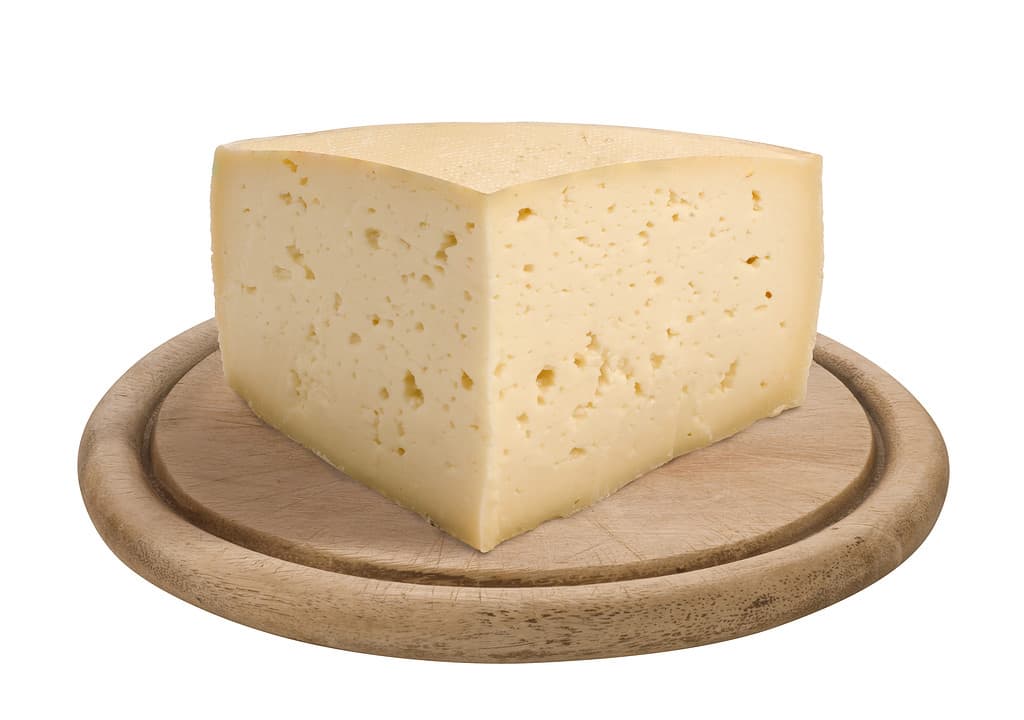
Danby cheese is similar in look and taste to asiago.
©angelo gilardelli/iStock via Getty Images
This cheese is made from raw goat milk, produced in Vermont by Consider Bardwell Farm. It’s a very hard cheese that has been extra-aged and usually comes in large wheels. You can compare danby cheese to varieties like piave and asiago.
Danbo
Despite their similar-sounding names, danbo cheese is nearly the opposite of danby cheese. It’s semi-soft and made from cow’s milk rather than goat’s milk. Danbo comes in a few different aging times— anywhere between 3 months to a year. The sharper varieties can be very mature-tasting, with the longest-aged and sharpest variety sold under the name Gamle Ole.
Dangke
This unique cheese is produced in South Sulawesi, Indonesia, by boiling buffalo milk with parts of the papaya plant. Because the cheese is made with buffalo milk, it’s extremely high in protein. Locals use the cheese in stir-fries, as a side dish, and on crackers.
Danish Blue Cheese
Danish blue cheese, or Danablu, is a popular cheese in North America because it’s used in salads and desserts. It’s one of the three types of cheeses in Denmark that are PGI-marked. This means that the EU has made it so this type of cheese can only be produced in Denmark from Danish milk. While this may leave the price point a little higher for these cheeses, it certainly adds to their authenticity.
Davidstow Cheddar
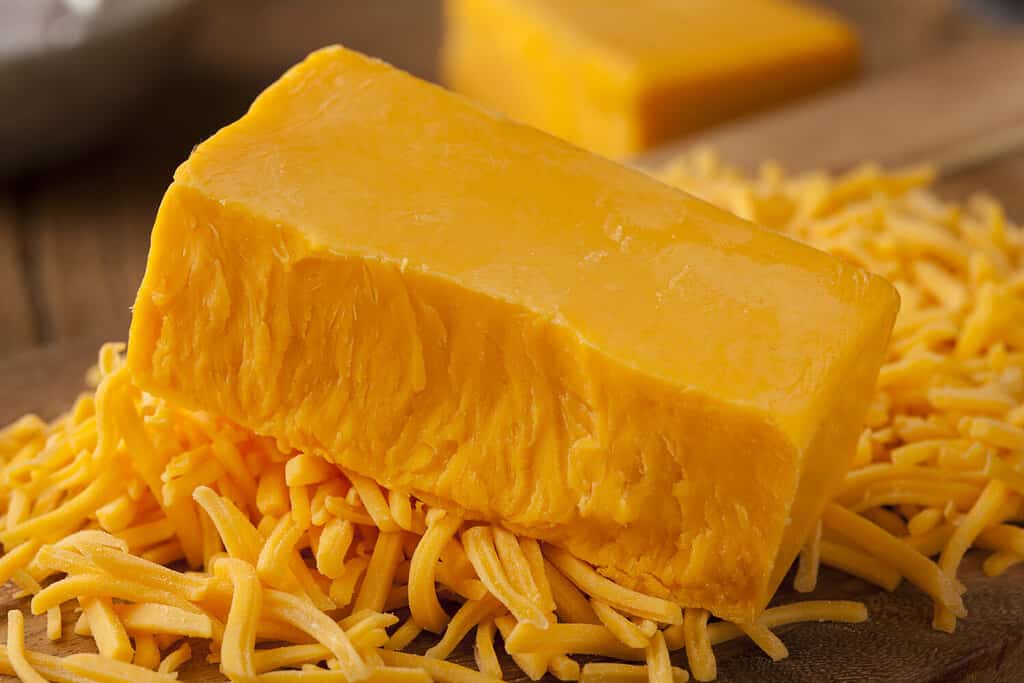
The Davidstow Creamery sells cheddar in many age varieties.
©Brent Hofacker/Shutterstock.com
Davidstow cheddar is a type of cheddar cheese made at the Davidstow Creamery in England. The company, Davidstow, operates at the creamery along with one other company, Cathedral City Cheddar. The creamery that they operate out of is the largest in Britain, producing 1,000 tons of cheese per week between its two brands.
This unique cheese is sold in maturities ranging from 12 to 60 months. You’ll find that the lesser-aged varieties are softer and sweeter, while the longer-aged ones are a bit harder.
Danish Feta
If you didn’t know that the world of cheese has drama, well, here it is. For a long time, feta cheese was sold out of Greece and Denmark. It’s worth noting, though, that it was made and sold in Greece for much longer than in Denmark. In 2005, the EU granted feta protected designation. This meant that — similarly to the ruling around Denmark’s blue cheese — feta could now only be sold and branded by companies operating in Greece.
Danish feta companies were outraged at the ruling and many continued to sell their ‘Danish feta’ in sneaky ways. Rather than sell it everywhere, the Danish feta producers only sold their cheese to non-EU nations. While this strategy worked for a few years, eventually, complaints led to a final court ruling in 2019 prohibiting the companies from using the word ‘feta’ at all.
Danish Fontina
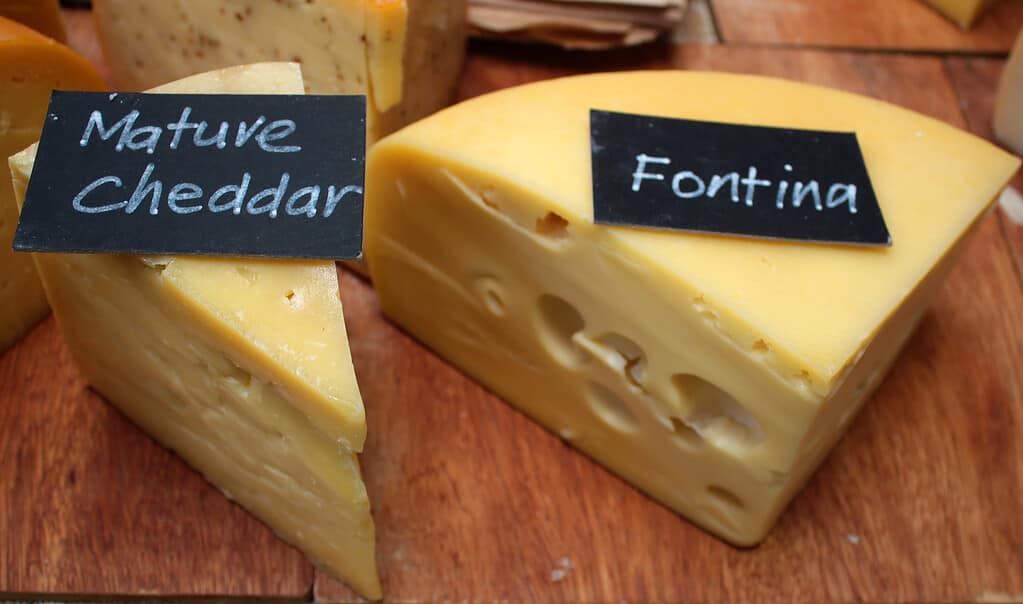
Although they look alike, fontina is much softer and easier to melt than cheddar cheese.
©Ian Murdoch/iStock via Getty Images
Denmark likes getting involved in the cheese world, but at least this cheese is legal! Danish fontina is a semi-soft, cow-milk cheese inspired by Italian fontina. It’s sold as a cheese wheel and best used in pastas and dips. Danish fontina has a buttery and creamy flavor and it melts very easily.
Dolcelatte
Translated from Italian, Dolcelatte means ‘sweet milk.’ True to its name, this blue-veined Italian cheese has a sweet taste and soft texture. It’s made from cow’s milk, and the name ‘Dolcelatte’ is a registered trademark by the Galbani Company. Dolcelatte was first developed to offer a sweeter and milder alternative to Gorgonzola. The process of making it is similar to that of Gorgonzola, but it’s a little more difficult to produce.
Domiati
Domiati cheese comes from Egypt, Sudan, and a few other countries in the Middle East. Like Dangke, Domiati cheese is made with buffalo milk. However, unlike Dangke, Domiati cheese is also made from sheep, goat, and camel milk. Domiati is very popular; it’s the most common type of Egyptian cheese.
Domiati is a white cheese, and it almost looks like butter when freshly cut. However, unlike other white cheeses like feta, salt is added directly to the milk. That’s part of what gives Domiati its unique flavor and consistency.
Dorset Blue Vinny
Dorset Blue Vinny is a special type of cheese that was the very first to be PGI-protected. It is solely produced by Woodbridge Farms in the United Kingdom. Because this small farm is protected as the only producer of Dorset Blue Vinny, they can take their time manufacturing the delicious cheese.
Each batch of cheese starts in the morning with fresh milk from Woodbridge Farms’ Friesian dairy cows. Then, the milk is pasteurized and hand-skimmed, and the main ingredients are added (penicillin, rennet, and starter culture). By the time this process is done and the milk sets, it’s cut into pieces to be left overnight. The next day, the whey is drained and the curds are ground, salted, and added to molds to set. The cheese sets for a few days, then it goes to the next step: hand-turning the molds each day for a few weeks, then once a week until it is mature. Dorset Blue Vinny takes up to 5 months to mature, so the process is a long one. It’s all worth it, though. Fans of this cheese point out that this unique, handcrafted cheese has an absolutely exquisite flavor.
Dovedale Cheese
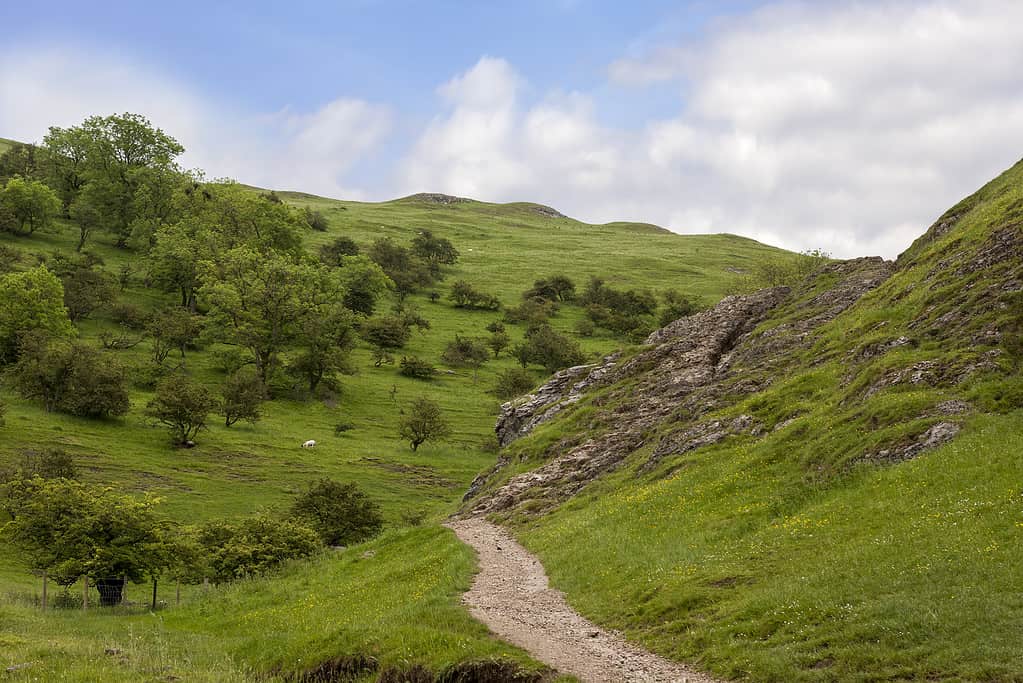
This valley in England, and the 50-mile area around it, is the only place that can manufacture and sell Dovedale cheese.
©Will Perrett/iStock via Getty Images
Dovedale is a type of blue cheese with a mild, creamy flavor. It’s named after Dovedale Valley in England, the area in which it’s produced. Dovedale is soft and made from full-fat cow’s milk. Along with many of the others on our list, Dovedale cheese is PGI-protected. It has to be made within 50 miles of the Dovedale Valley where it gets its namesake. One interesting note about Dovedale is that, unlike most other British cheeses that are dry-salted, this variety is brine-dipped.
Dunlop Cheese
Dunlop cheese is named after the town in Scotland where it is produced and PGI-certified. The cheese has been produced since the early 18th century, but it became PGI-protected in the region in 2015. The process of making Dunlop cheese came from unskimmed milk of Ayrshire cows.
Barbara Gilmour is credited with the creation of this type of cheese, and she taught her neighbors and other community members the process. Since Dunlop cheese was one of the first in the area to come from unskimmed milk, it had a unique, sweet, mild flavor that many people enjoyed. The cheese grew popular quickly and spread all across Scotland, but its production is limited to the area of Dunlop today.
Durrus Farmhouse Cheese
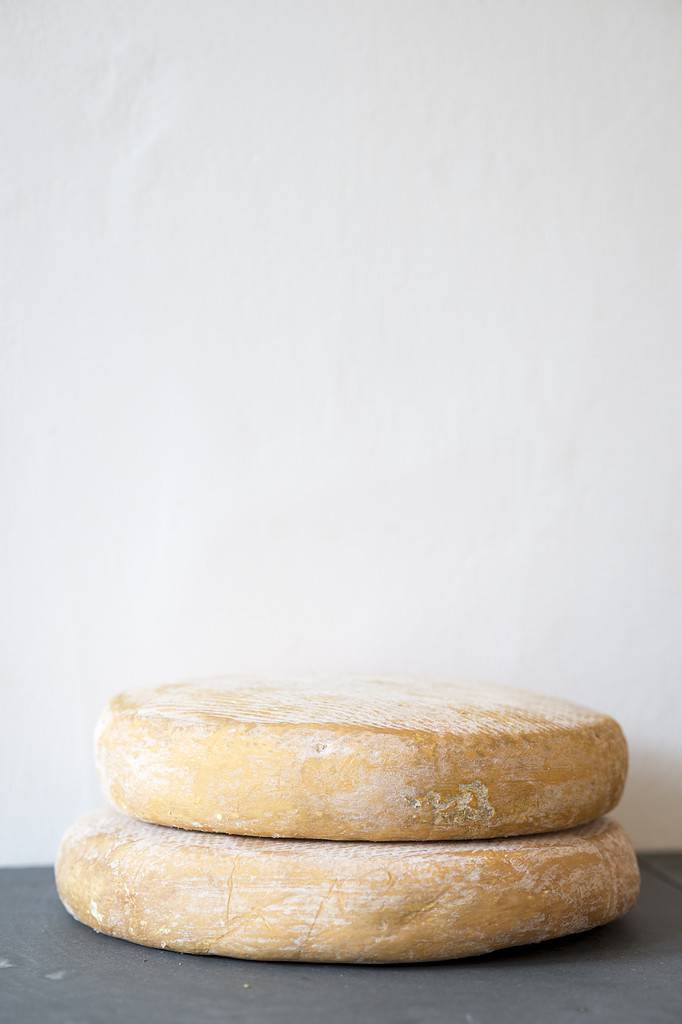
Depending on the variety, Durrus cheese can have a mottled, pinkish rind.
©Photography Firm/iStock via Getty Images
Durrus Farmhouse Cheese is a manufacturer of mostly semi-soft, rind-ripened cheeses. The manufacturer makes these cheeses from pasteurized cow’s milk and subjects them to a process that creates a natural rind. The natural rind is what makes Durrus cheese unique. Their original Durrus cheese is based on a 1979 recipe created by Jeffa Gill. It uses specific cultures to create the unique, mottled pink rind that is a signature part of Durrus Cheese.
Double Gloucester
If you know Gloucester, you can already imagine the type of flavor that Double Gloucester has. Gloucester cheese is named after the type of cows that the milk comes from, which are Old Gloucester cows from the region of Gloucestershire, England. Both Single and Double Gloucester are semi-hard cheeses with natural rinds. However, the difference is that Double Gloucester is aged for much longer (nearly double the amount of time) than Single Gloucester. The extra aging gives it a stronger flavor and firmer texture, as well as a deeper color.
Because Double Gloucester is larger and more flavorful, it is much more widely sold than Single Gloucester. You’re much more likely to see Double Gloucester in stores outside of Gloucestershire, while Single Gloucester is more commonly found in the region.
Dry Jack
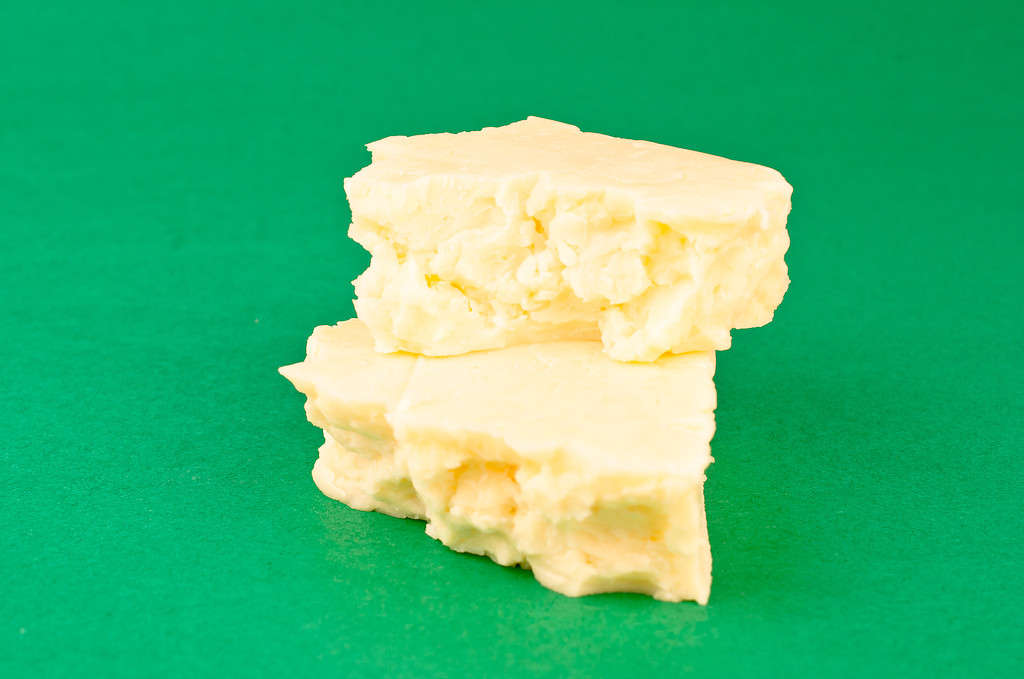
Drying out Monterey Jack cheese produces Dry Jack.
©imacphotoca/iStock via Getty Images
Dry Monterey Jack, or Dry Jack, is a rare cheese that gained popularity during the mid-1950s. It was developed during the First World War when European cheeses like parmesan were unavailable. While the texture of Dry Jack is similar to parmesan, it’s not quite as sweet and has more of a nutty flavor. It’s best used in the same dishes as parmesan, though, so try grating it onto pasta, salads, and casseroles.
Derby Cheese
Derby cheese is nicknamed after the area in England where it is, Derbyshire. It’s a semi-firm cheese with a milky and buttery flavor. Derby cheese gets its mild flavor from its short aging time and moisture content, which is higher than many other cheeses. It tastes similar to cheddar but lacks the sharpness and hardness of typical cheddars. The most common type of Derby cheese is the blueish-green Sage Derby, which is blended with the sage to achieve its unique color.
Dil Peyniri
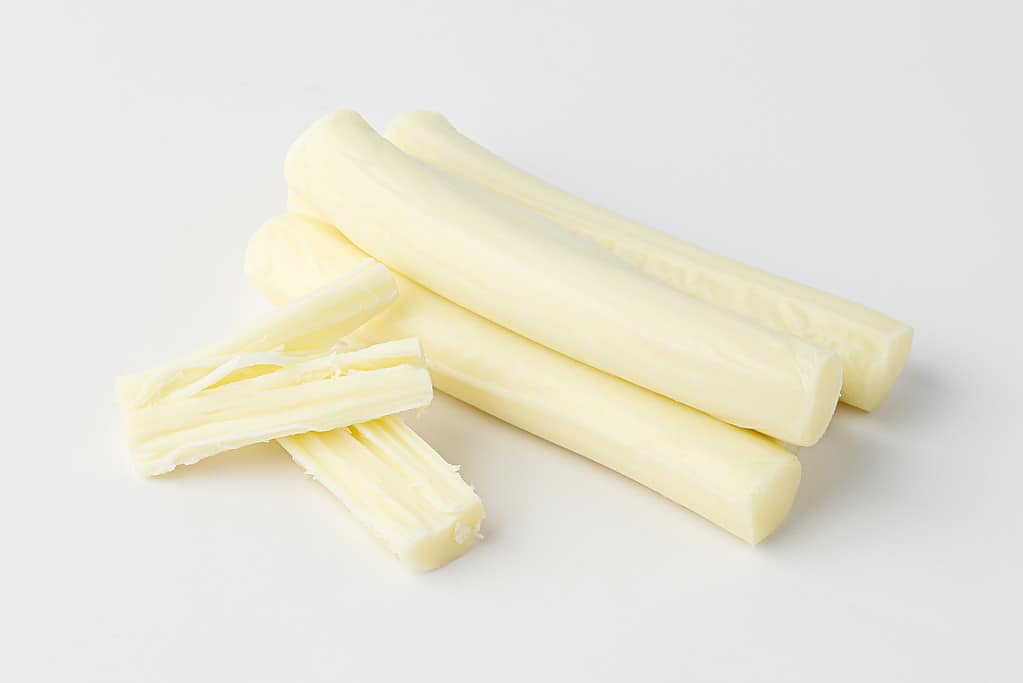
This is standard string cheese, but Dil Peyniri is a type of string cheese that’s sold in Turkey.
©setapic/iStock via Getty Images
Dil Peyniri is a brand of string cheese sold in Turkey. It’s made from cow’s milk and is a white, milky-colored cheese.
Dimsi
Dimsi is a semi-hard smoked cheese that’s mainly sold in Croatia. It’s made from full-fat cow’s milk and sold by the Presdent Sirela brand.
Dolaz Cheese
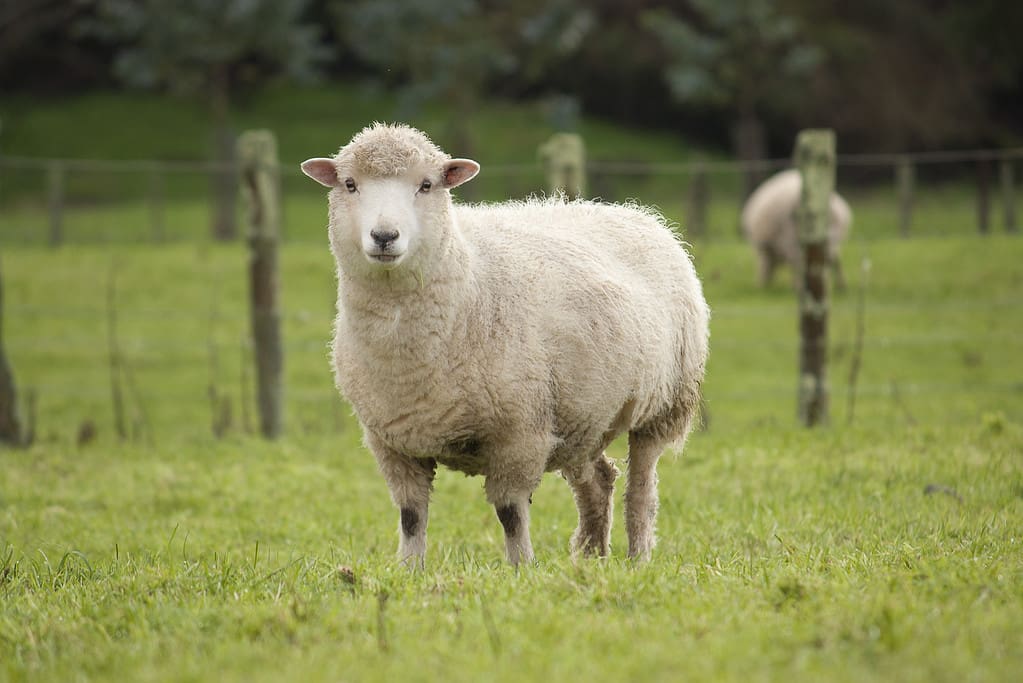
Ewe’s milk is used in the production of Dolaz cheese.
©brackish_nz/iStock via Getty Images
Dolaz cheese is made from ewe’s and goat’s milk in the Lakes region of Turkey. It’s produced from whey and subjected to high heat, which can lead to it being a darker color.
Dorset Drum
Dorset Drum is a unique type of English Farmhouse Cheddar. It’s one of the only types of cheddar that is PGI-protected. Dorset Drum is named after Dorset, England, where it is made on a small farm. The luxury cheese is aged to perfection and then hand-dipped in a black wax shell.
Dubliner® Cheese
Dubliner® is a trademarked variety of cheese produced by the Kerrygold Company. It’s a cow’s milk cheese with a sweet and nutty flavor.
Duddleswell Cheese
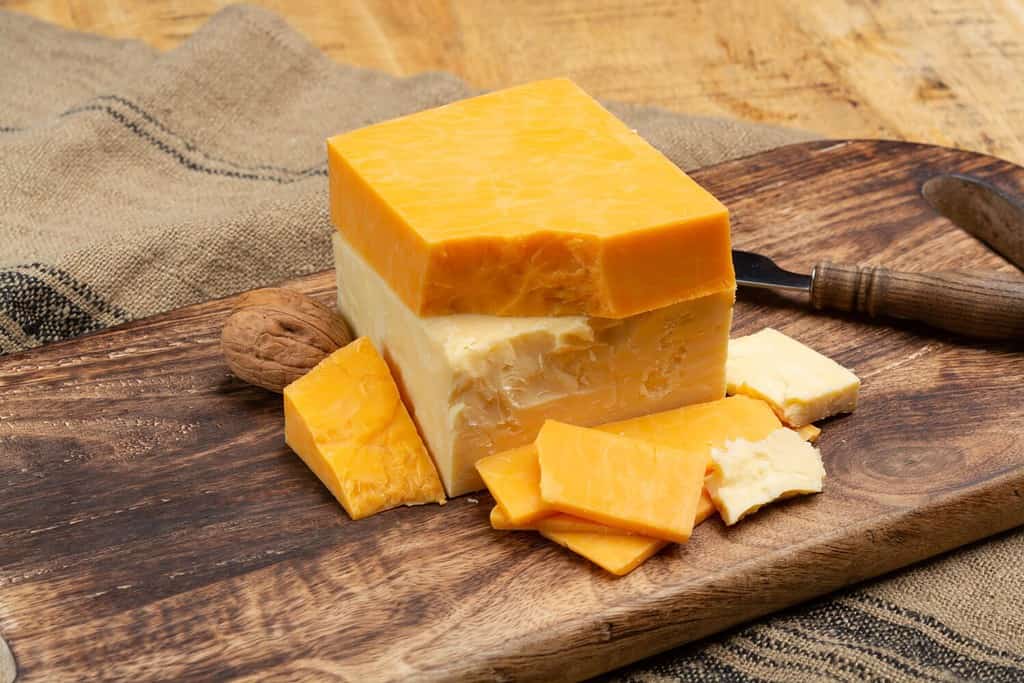
While this picture shows standard cheddar cheeses, Duddleswell cheese looks and tastes similar to cheddar.
©barmalini/Shutterstock.com
Duddleswell is a hard cheddar-like cheese that’s made from sheep’s milk. It’s available in both regular and smoked varieties.
Summary of Cheeses That Start with D
| Cheese Name | |
|---|---|
| #1 | Dahi Chena |
| #2 | Danby |
| #3 | Danbo |
| #4 | Dangke |
| #5 | Danish Blue Cheese |
| #6 | Davidstow Cheddar |
| #7 | Danish Feta |
| #8 | Danish Fontina |
| #9 | Dolcelatte |
| #10 | Domiati |
| #11 | Dorset Blue Vinny |
| #12 | Dovedale Cheese |
| #13 | Dunlop Cheese |
| #14 | Durrus Farmhouse Cheese |
| #15 | Double Gloucester |
| #16 | Dry Jack |
| #17 | Derby Cheese |
| #18 | Dil Peyniri |
| #19 | Dimsi |
| #20 | Dolaz Cheese |
| #21 | Dorset Drum |
| #22 | Dubliner® Cheese |
| #23 | Duddleswell Cheese |
The photo featured at the top of this post is © KGBR/Shutterstock.com
Thank you for reading! Have some feedback for us? Contact the AZ Animals editorial team.




